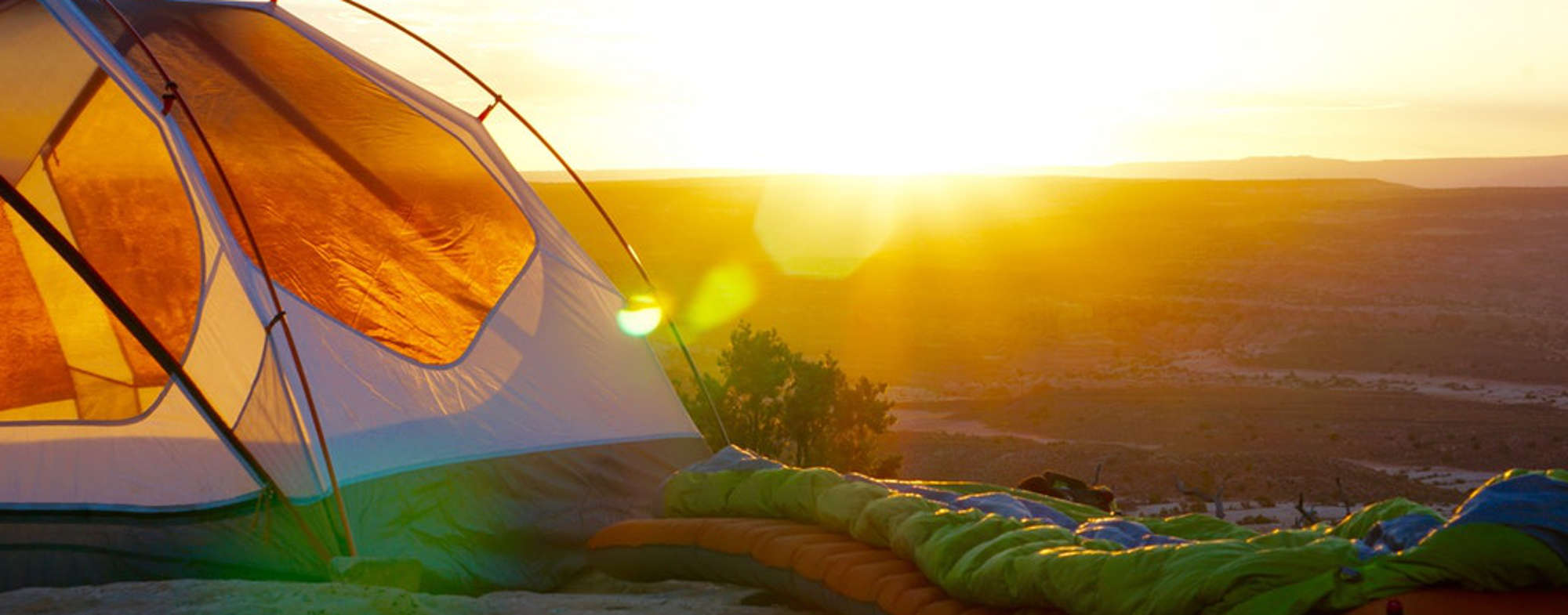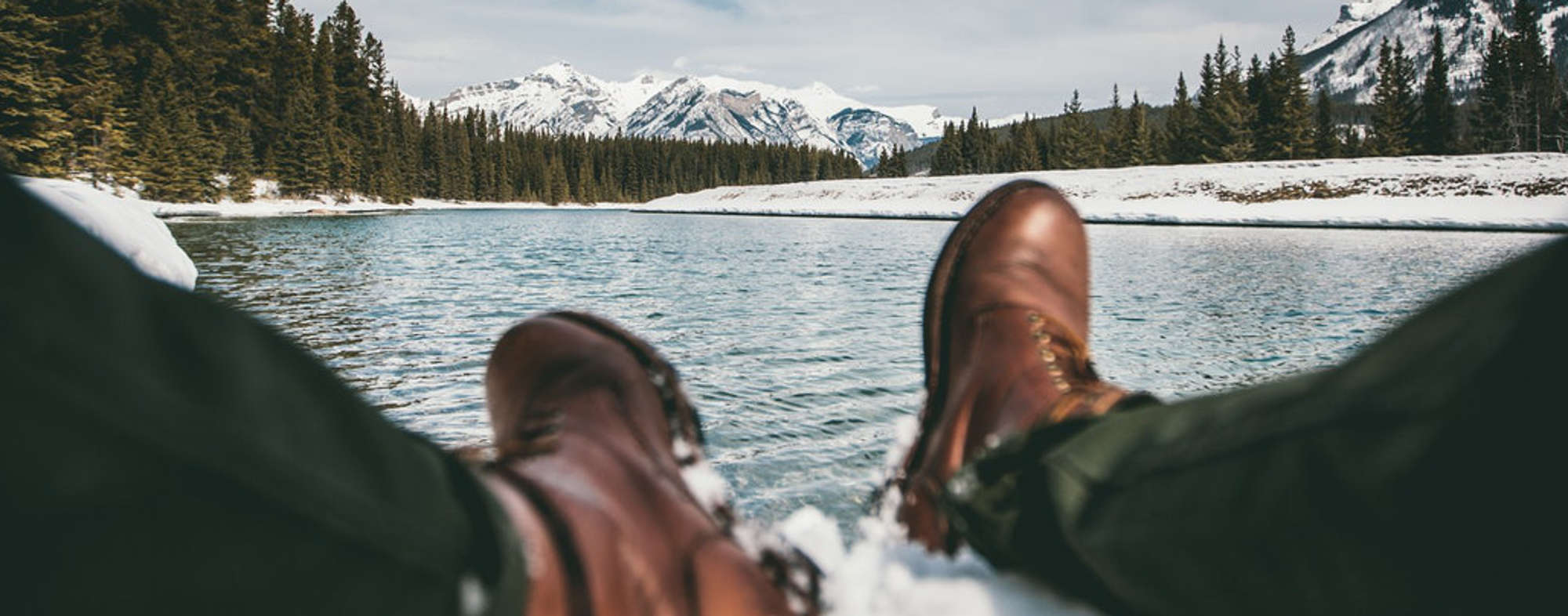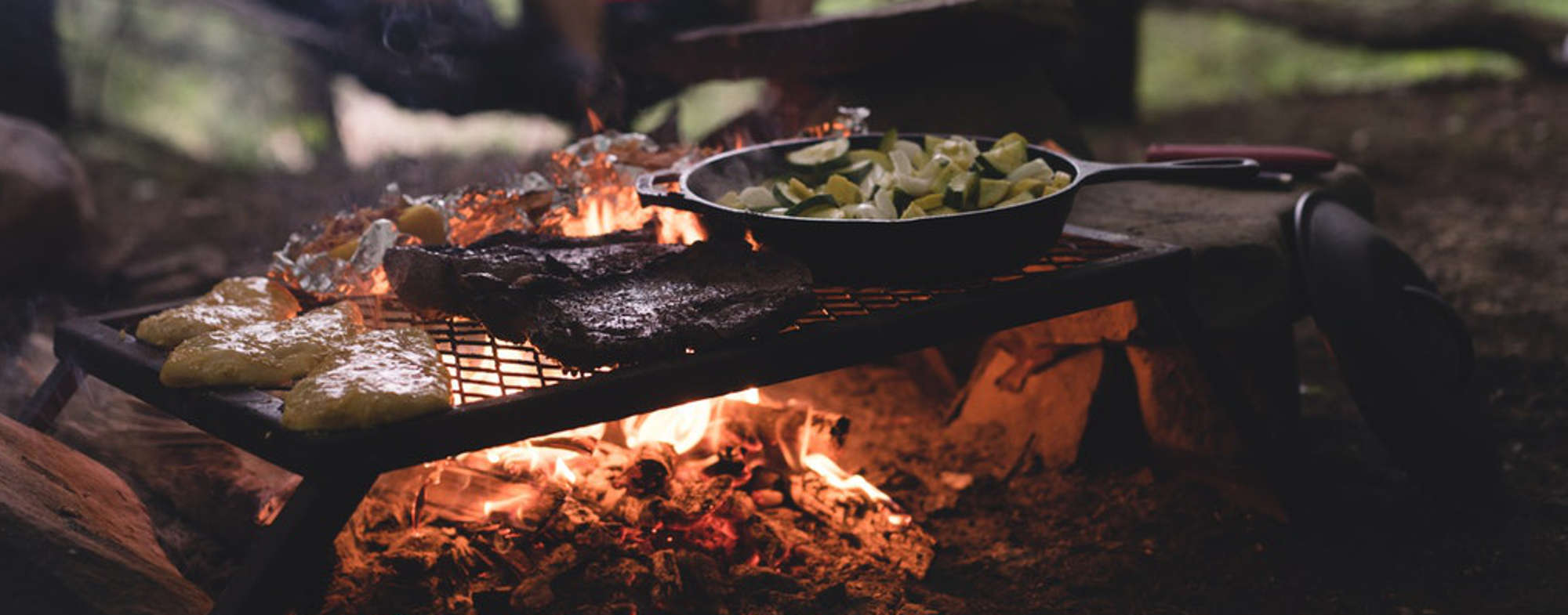Packing Out To Live Like Jeremiah Johnson
The most key element to any extended time spent in the wild is a sensible pack out. Seeing as it’ll be carrying everything that’ll help you survive and that you’ll be carrying it every mile of your trip, a decent inventory needs to be both sufficiently stocked and light enough to not make your trip hell.
Pack too little and you might be forgetting some vital - and potentially life-saving - gear. Pack too much and your trip might be ruined by screaming thighs, an aching back and throbbing feet. Even worse, what if your life support system actually smokes you so much that you can't physically complete your objective.
Of course, every trip into the wild is going to call for slightly different essentials. Heading into the mountains in February for a week of moose hunting is going to require a wholly different pack than a three-day solo fishing trip in May. That said, there are several things that every pack should have, namely shelter, survival tools, clothing options, food and a medkit. Of course, as many of us spend this time in the wild hunting, we’ll also need whatever weapon we’ll be hunting with.

Shelter
One of the most important parts of any pack in the wilderness is shelter. Rare are the trips and the environs where you can just rest your head on your pack itself and sleep under the stars. Sometimes that’s an option, and it’s great. But you don’t want it to be your only option when a storm blows in and your thirty-five pound pack.
Plenty of companies make small and portable tents that can fit readily into a good-sized pack. Kuiu’s two-person tent provides enough space and is easily packable when broken down. A few of our athletes have recently gotten into the Kifaru Sawtooth, which is a teepee-style tent that comes with a packable stove.
In that rare instance where you know you won’t need shelter from the elements, a hammock will take up the least space in your pack and provide a comfortable night’s sleep. Remember that while a hammock may work for some guys, it forces you to sleep in a position that could induce some uncomfortable body issues if you aren’t experienced in setting one up or try to use a pillow in one.
A good sleeping bag lined with a one-person air mattress is generally the way to go. Thermarest has become the industry standard for one-person air mattresses and our man Sean Senske, an avid backcountry hunter, recommends getting the shortest pad possible to save on pack space.
“Remember it this way,” he says, “your legs don’t need the pad.”
Stick the pad inside your sleeping bag or line your hammock with one and get the rest you really need to push on.
Chris Way, a professional climber and outdoorsman, also recommends stuffing an inflatable pillow in your pack. Taking up no space at all when deflated, something as simple as sufficient headrest can change the entire makeup of a trip.
“I slept for twenty years using bunched up jackets and all sorts of other shit for a headrest. The first night I used a tiny Sea To Summit pillow, I felt like a new man,” he says.

Clothing
One of the best and most impactful rules of thumb when it comes to spending time in the wild is to pack for one step colder than expected.
While it might take up what seems like unnecessary space in your pack, an extra layer or a rain shell could be just the thing that saves your ass when the weather turns.
As Roque Rodriguez, an outdoor expert from Texas, tells us, “while weather dictates your initial plan of the trip, it can also change day-to-day and not having the proper layering system can make an awesome hunt go south very fast.”
With a fabric that traps heat between the fibers and the best weight-to-warmth ratio you’ll find, merino wool is the standard for anyone well-versed in spending time outdoors.
Not only is merino wool good for base layers, it’s also great for your feet because if your feet ain’t right, your whole world is fucked. Merino wool socks will help keep your dogs dry and comfortable no matter the situation. But don’t make the mistake of buying a pair of hiking shoes or boots without considering the thickness of your socks. At least a few of our experts have had to go back to the store and size up their shoe, as they found them too tight when worn with heavier duty socks.
Salomon, La Sportiva and Salewa all have plenty of boot and shoe options that are light and versatile but don’t break the bank. Whatever the option you choose, always keep an eye out for Gore-Tex. A fabric that repels liquid water while allowing water vapor to pass through, few things are more efficient at keeping your shit dry than Gore-Tex. Also remember that once you get the inside of Gore-Tex wet, it's not drying quickly. That means sometimes it isn't the best choice in humid environments.
Depending on the climate, location and time of year, some things you might want to pack are wool gloves, breathable rain pants, a beanie or two and a puffy down insulation layer. Always pack a pair of Polarized sunglasses.

Food
Of course, the best gear and smartest pack in the world means fuck all if you aren’t properly nourished. Nutrition is key for any trip into the wild but, just like eating habits when we’re back at home, everyone’s preferences are slightly different.
As Eric Gordon, a former 2/75 Ranger and modern mountain man, proves, everyone has their own unique approach.
“These words will probably make a lot of you vomit,” he says, “but I really like MRE's. I can break two MRE's down to fit into one MRE bag, which allows me to get by with four MRE bags (two meals per day) for four to five days in the field. They are very high in CHO's and fat and reasonably good for protein. They can be eaten hot or and no special tools (pots, pans or stove) are needed for them.” A more readily available option and definitely a tastier version of MRE's are Mountain House meals.
Chris Way focuses his pack on carbs, as they are often in shortest supply in the wild and you can run into health and performance problems when you don’t get enough.
Roque vacuum seals jerky bought from a store or the some of the vicious homemade version he’s made from venison and nilgai front shoulders.
“Either way,” he says, “I make sure they’re sealed in sheet form, making them easily stackable and in small doses (aka meals), packing enough for the duration of the hunt in days times two.”
Berries are Roque’s go-to for snacking. Powerfood blueberries provide carbs and Vitamin C and can be vacuum-sealed into serving size packets.
He also packs Snickers, Milky Way, Reese’s Peanut Butter Cups and a variety of other bite-sized chocolates to both keep him happy and, as science has proven, improve his focus and reduce stress.
Making fire is also crucial for survival, and so your food is warm. Most of our experts travel with a Jetboil portable stove. They’re small and can be used both to make a much-needed cup of coffee and as good insurance in an emergency fire situation.
“Get some dry tinder/wood in a pile and turn her on,” Senske says. “The mini blowtorch will have a good fire going really fast. If we’re being honest, that’s how I start most of my fires because it is so easy.”

Survival
The weapon you pack depends on what kind of hunting you’ll be doing.
In theory, bigger is better and we’d rather have way too much than not enough.
“But the reality is that shit is going to wear you out quicker than quick, Roque tells us. “And although you’re mentally going to war, resign yourself to take a small fraction of what you’d imagine that you need.”
An extra box of ammo is just that - an extra box. So keep your ammo limited. Take two times what your rifle will carry. And rather than wasting valuable pack space with ammo boxes, keep the extra ammo in a Ziploc bag wrapped with a rubber band. Not only will it help save space in your pack, it’ll keep your shit dry.
Some essential and additional gear that all of our experts pack is 550 cord, a few Bic lighters, Tenacious Tape, Chapstick, a good headlamp, multitool, a signal mirror and some energy bars.
A good, stout blade from Tyto or Spartan Blades and a spork from BRT Bladeworks are also essential.
A durable water filter from Platypus GravityWorks, or even a SteriPEN should always make the pack. Sometimes collapsible water bags are a good add but often a simple Nalgene water bottle (or even a gas station water bottle) will work just fine.
And just so you don’t get lost, always bring your smartphone with a reliable GPS system and either an extra battery or a remote charging unit. Some people bring an independent GPS unit but, as Sean puts it, “if I’m going to be using my phone as a camera anyway, why not let it double as a GPS?” Just don't forget that a map and compass are there ultimate fail safe.
onX is a great map app that has tons of other features for backpacking and hunting, including private/public land boundaries, private landowner names, easily marked spots and daily crumb trails. Dark Energy makes a killer waterproof battery pack for you to charge up on when you bleed your battery fully dry.
The one thing nobody likes to talk about is injury but the reality is that being in the wild can be dangerous, especially if you’re trekking solo. Whether minor cuts or scrapes or major mishaps that require quick lifesaving action, a good medkit and some knowledge to go with it is a requirement for any wilderness adventurer.
We’re not talking full IV set with needles and tac sets here. Rather, a small selection of waterproof Band-Aids, a couple tourniquets, chest seals, combat gauze (with clotting agent built into the material), pressure dressings, cravats, and SAM splints, Benedryl, an EpiPen, a needle and some thread should be more than enough. Keep it all isolated in a dedicated medkit. Hopefully, you won’t need it but it’s essential to have if you do.
Packing for the back country is a delicate balance. We are all fans of lightweight and useful gear, but it's important to remember that 45 pounds of high speed low drag stuff, is still 45 pounds. Try to keep your packed weight around 35 pounds and you'll find yourself enjoying your time in the wilderness much more than under a 60 pound ruck sack feeling like you're reliving Bravo 2-0.
DIE LIVING





